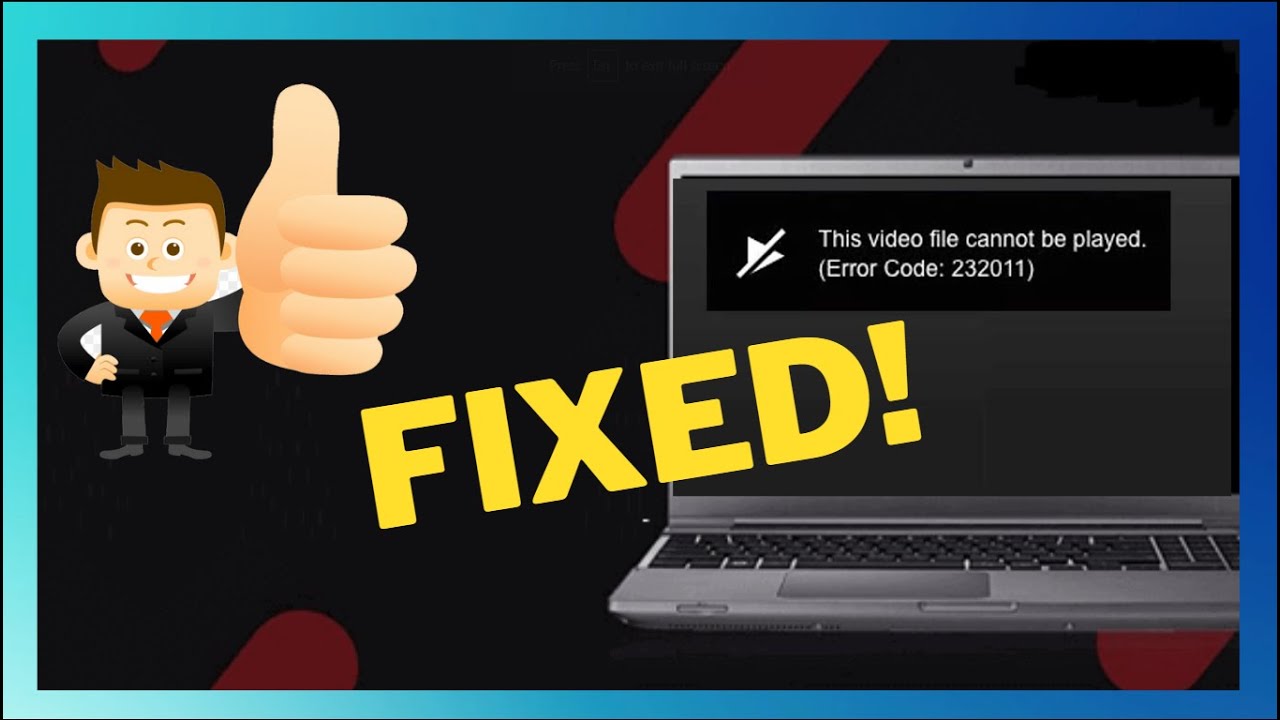This comprehensive guide will help a reader to understand what construction project management is, how it applies in the field, and how to implement a construction project management system.
Understanding Construction Project Management
Construction project management is the process of organizing and overseeing construction projects. It involves planning, coordination, and controlling all aspects of the project from start to finish.
Construction project management is a complex and challenging field. There are many different factors that must be taken into account when planning and executing a construction project. The construction project manager must have a deep understanding of all these factors in order to successfully complete the project on time and within budget.
There are many different software programs and tools available to help with construction project management. However, at the end of the day, it is the responsibility of the construction project management firm to ensure that all the pieces come together and the project is completed successfully.
Evaluating Risks and Mitigating Them
When it comes to construction project management, one of the most important aspects is risk management. Construction projects are inherently risky, and there are a number of potential risks that can impact a project.
Risk management is the process of identifying, assessing, and mitigating risks. It’s an important part of construction project management because it can help to avoid or minimize potential problems.
There are a number of steps involved in risk management:
- Identify risks: The first step is to identify potential risks. This can be done through brainstorming sessions with the project team or by using tools like SWOT analysis (strengths, weaknesses, opportunities, and threats).
- Assess risks: Once potential risks have been identified, they need to be assessed in terms of their likelihood and impact. This will help to prioritize which risks need to be addressed first.
- Mitigate risks: The next step is to develop plans to mitigate the identified risks. This might involve changing the project plan, taking out insurance, or putting safety measures in place.
- Monitor and review: Risk management is an ongoing process – it’s not something that can be done once and then forgotten
Planning, Scheduling, and Controlling Costs
Any construction project, no matter how small, requires some level of management. The same is true for larger projects, which can quickly become overwhelming without proper organization and planning.
There are a few key aspects to construction project management: planning, scheduling, and controlling costs. By focusing on these areas, you can ensure that your project stays on track and within budget.
The first step is to create a plan. This should include a timeline of milestones, as well as a detailed budget. Once you have a plan in place, you can start to schedule the work. This includes assigning tasks to workers and subcontractors, as well as reserving materials and equipment.
As work progresses, it’s important to keep an eye on costs. This includes tracking invoices and expenses, as well as monitoring the project budget. By doing this, you can catch issues early and make adjustments as needed.
By following these tips, you can successfully manage any construction project.
Procurement and Risk Management
In the construction industry, procurement and risk management are two of the most important aspects of project management. Proper procurement ensures that all of the necessary materials and equipment are procured in a timely and cost-effective manner.
Risk management, on the other hand, seeks to identify and mitigate potential risks that could impact the successful completion of a construction project.
Procurement is typically divided into two phases: pre-project and post-project. During the pre-project phase, construction managers work with architects and engineers to develop specifications for the materials and equipment needed for the project.
They also develop contracts with suppliers and subcontractors. In the post-project phase, construction managers oversee the delivery of materials and equipment to the job site and coordinate their installation.
Risk management is an ongoing process that begins during the pre-project phase and continues throughout the life of a construction project. Construction managers use various tools and techniques to identify risks, such as conducting a hazard analysis or conducting a risk assessment. Once potential risks have been identified, construction managers develop mitigation strategies to reduce or eliminate those risks.









Leave a Reply